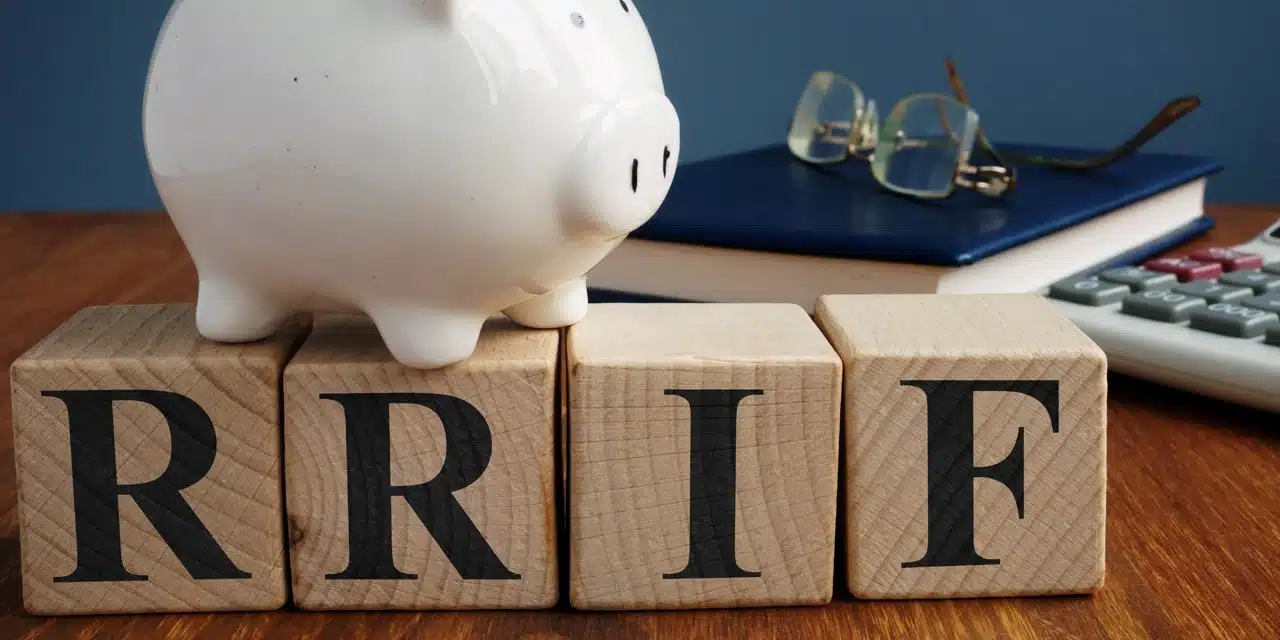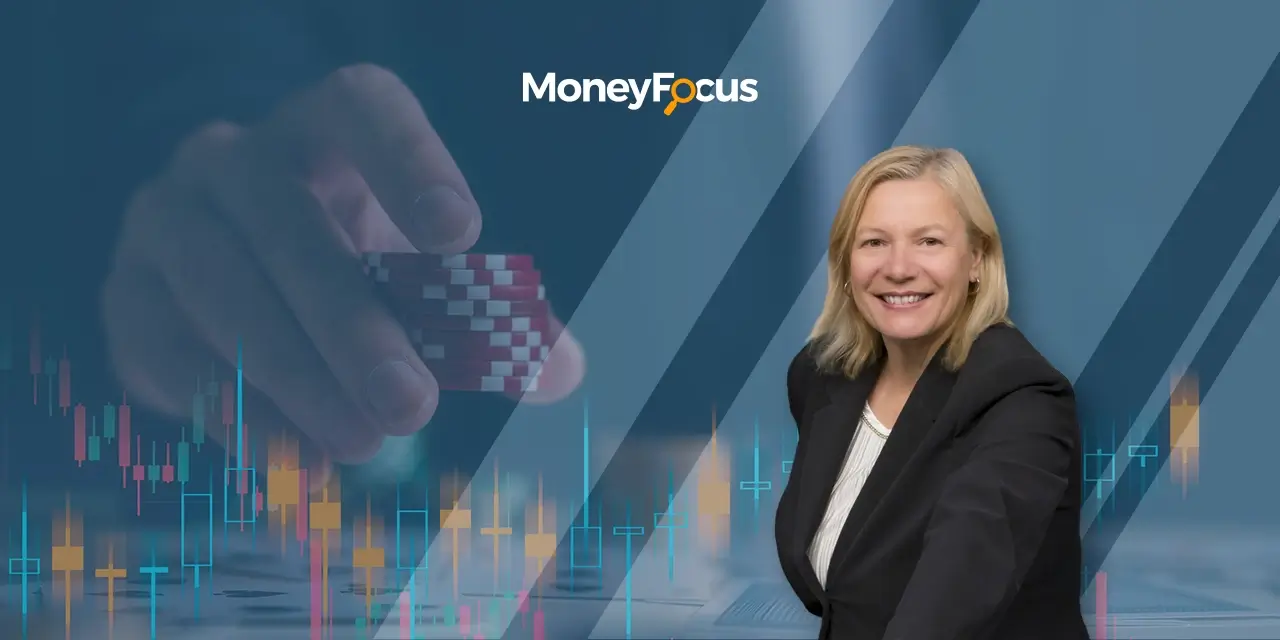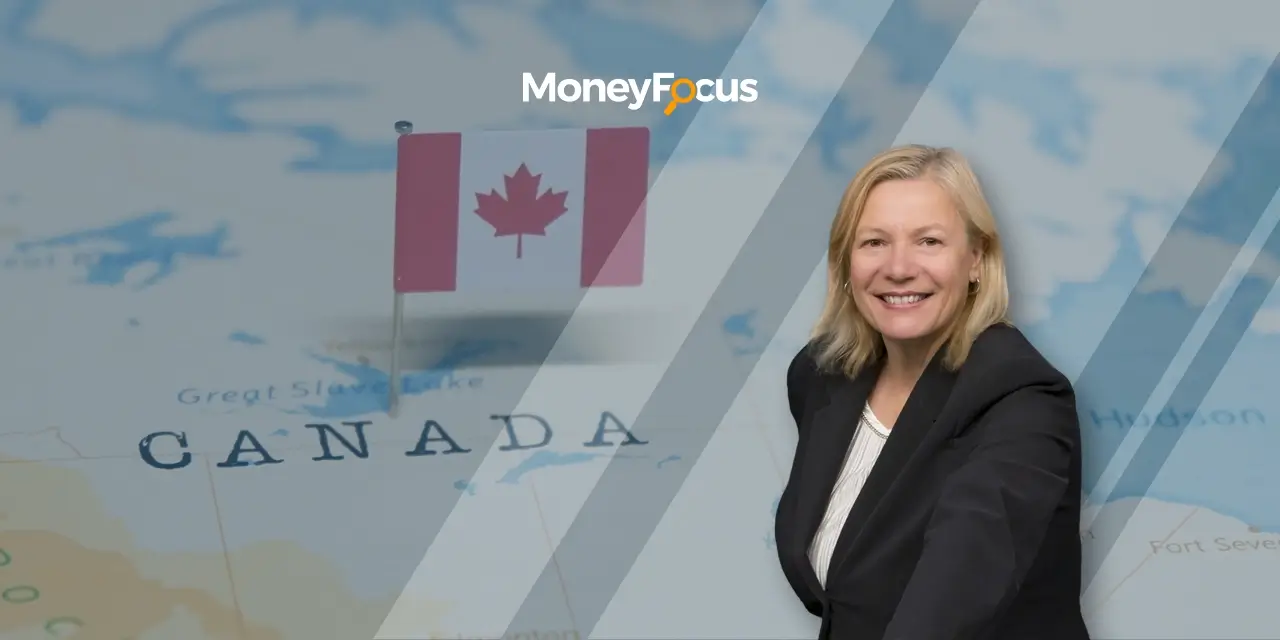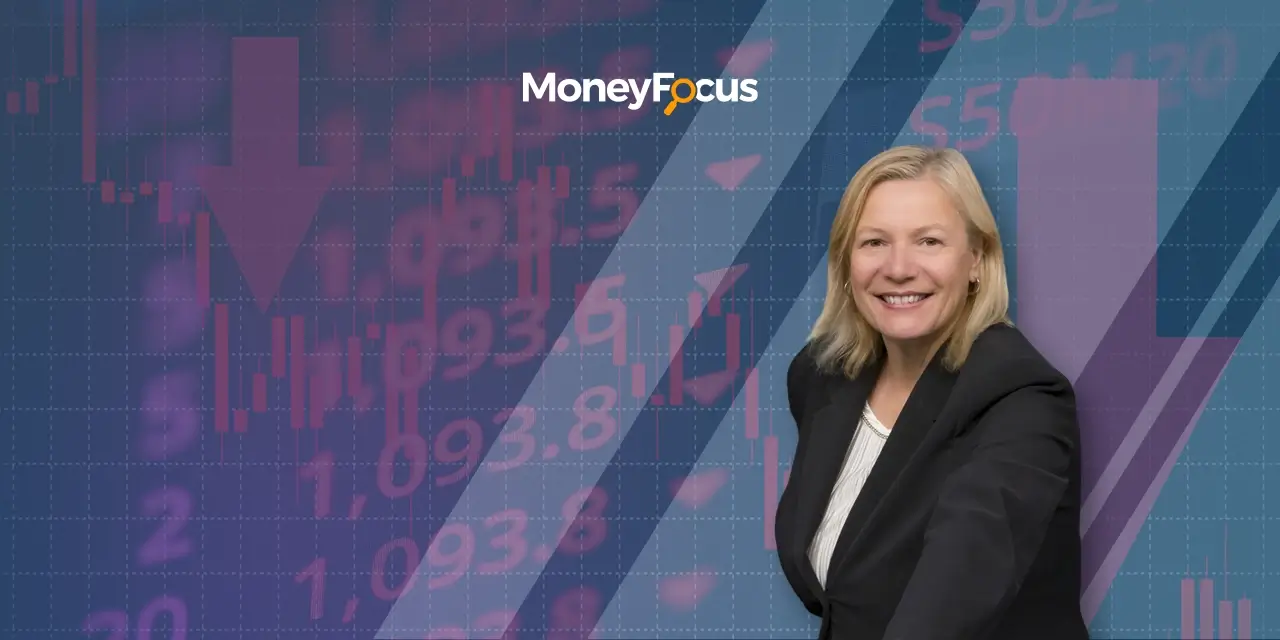Millions of Canadians use Registered Retirement Savings Plan (RRSP) accounts to invest and save for retirement. Their appeal is simple: contributions to these accounts within the annual limit are tax-deductible, and income earned in the RRSP is also tax-exempt, provided that income remains within the account. It’s a short-term tax incentive for making the important long-term decision to save for retirement.
But, when Canadian RRSP holders turn 71, those accounts turn into Registered Retirement Income Funds (RRIFs). As the name implies, an account designed for savings becomes a fund designed for income. When income is involved, tax must be paid.
How Are RRIF Withdrawals Taxed?
It’s important to begin by making a clear distinction: the tax benefits of RRSP savings should be seen more as a deferral than a rebate. Taxes on the income deposited into an RRSP will be settled when the RRSP is converted into a RRIF, and the account holder is obligated to initiate mandatory withdrawals.
RRIFs are subject to annual minimum withdrawal amounts set by the federal government. The money held in an RRSP has to be drawn upon at a rate that increases with the age of the holder. Investments like equities or ETFs held in a RRIF may have to be sold in order to make those minimum withdrawals.
RRIF withholding tax is a tax that is applied to withdrawals that exceed the minimum amount. The federal government sets annual minimum withdrawal amounts for RRIFs, and any withdrawals that exceed this amount are subject to withholding tax. The amount of RRIF withholding tax depends on the amount withdrawn, ranging from 10% to 30%. In Quebec, the withholding tax bracket is 20%-30%. It’s important to note that RRIF withdrawals are also subject to income tax, which means that retirees need to carefully plan their withdrawals to manage the tax impact.
How RRIF Withdrawals Rules Can Impact Your Retirement Income
While RRIF withdrawals are designed to provide income for retirees, it’s important to note that not every retiree has the same needs or goals. The government-mandated approach to RRIF withdrawals, coupled with the taxes paid on these withdrawals, can result in unintended losses for a retiree, both in taxes paid and potential missed opportunities for capital appreciation.
One potential drawback is the need to sell securities held in the RRIF account to meet mandatory withdrawal amounts. This can lead to missed growth opportunities if the securities were still poised for significant appreciation. Additionally, if the withdrawal occurs during a market downturn, it could result in realizing a substantial loss on invested capital.
Another crucial consideration is the increasing life expectancy of retirees. Many retirees today live longer lives, and may require costly long-term care in their late 80s and 90s. Taxed withdrawals, or the loss of capital appreciation opportunity in a retirees’ 70s could have painful ramifications for them and their families as they age.
The other key factor to consider is legacy. Many retirees and pre-retirees view their savings as a means to leave a financial legacy for their family members, charitable causes or personal goals. They may want to ensure they have enough savings to help their loved ones with important milestones, such as making a down payment on a house or paying off student loans. However, government-mandated RRIF withdrawals that extend late into life can disrupt these goals.
To navigate these challenges and optimize your retirement income, it’s important to work with a financial advisor who can help you develop a RRIF withdrawal strategy tailored to your specific circumstances.
How Income ETFs Can Offset These Downsides
Fixed income was once a valuable tool retirees used to offset the impact of mandatory RRIF withdrawals on their life savings. Traditionally, retirees could rely on fixed income products, such as bonds, to generate income without having to sell appreciating or income-paying assets in their RRIF accounts. Today, however, most fixed income products yield income at rates significantly below the mandatory withdrawal rate.
That is where covered call ETFs can provide an alternative solution. By investing in Income ETFs with covered calls, retirees can benefit from the following:
Higher income potential: Income ETFs aim to provide consistent high annualized income yields. These yields can potentially exceed the income generated by traditional fixed income products, helping retirees meet their mandatory RRIF withdrawal amounts without depleting their capital.
Diversification: Income ETFs are available across a wide range of asset classes and sectors, and they can provide diversification across these sectors and asset classes. This diversification can help mitigate risk and volatility in a retiree’s portfolio, providing a more stable income stream.
Potential for capital appreciation: Unlike the traditional fixed income product, equity-based Income ETFs have the potential for capital appreciation. This means that retirees can benefit from both income generation and potential growth in their investments, helping to preserve and grow their retirement income and savings over time.
As stated previously, it’s important for retirees to work with a financial advisor to determine the most suitable equity income ETFs based on their individual goals and risk tolerance.
Overall, Income ETFs can be a valuable strategy to help retirees navigate the challenges of mandatory RRIF withdrawals and ensure a steady stream of retirement income while seeking to preserve their capital for the long term. Our multi-asset ETF, the Harvest Diversified Monthly Income ETF (HIDF:TSX), does not have a fixed distribution, and was launched in March 31, 2022, with a target yield of 8.50 %. Note that the amount of monthly distributions will fluctuate from monthly, quarterly or annually. You can check the Harvest ETFs website for the current yield number which is updated daily here. To illustrate the potential value of the strategy, if you look at the most current RRIF withdrawal table, the annual percentage payouts for RRIF withdrawals only exceed 8.5% when a retiree turns 85. But, a hypothetical RRIF holding only HDIF with a current yield of 8.5% or higher for example, would very likely not have to draw down any of its principal until a retiree turns 85 because the income generated by the ETF could be drawn upon for withdrawals instead.
Be aware that the yield of an ETF can change because of market conditions, as well as factors such as changes in interest rates, the performance of the underlying assets, economic conditions, changes in dividend or interest payments from the assets held by the ETF and shifts in supply and demand for the ETF itself.
RRIF Minimum Withdrawal (updated January 2023)
| Age at Start of Year | RRIF Minimum Payout Percentage |
|---|---|
| 65 | 4.00% |
| 66 | 4.17% |
| 67 | 4.35% |
| 68 | 4.55% |
| 69 | 4.76% |
| 70 | 5.00% |
| 71 | 5.28% |
| 72 | 5.40% |
| 73 | 5.53% |
| 74 | 5.67% |
| 75 | 5.82% |
| 76 | 5.98% |
| 77 | 6.17% |
| 78 | 6.36% |
| 79 | 6.58% |
| 80 | 6.82% |
| 81 | 7.08% |
| 82 | 7.38% |
| 83 | 7.71% |
| 84 | 8.08% |
| 85 | 8.51% |
| 86 | 8.99% |
| 87 | 9.55% |
| 88 | 10.21% |
| 89 | 10.99% |
| 90 | 11.92% |
| 91 | 13.06% |
| 92 | 14.49% |
| 93 | 16.34% |
| 94 | 18.79% |
| 95 and older | 20.00% |
While tax factors and market-related risks can’t be avoided entirely, Income ETFs, especially those with high target yields, can help to manage and offset some of the drawbacks that come with RRIF drawdowns.
By taking a proactive approach and considering investing in Income ETFs, retirees can make the most of their RRIF withdrawals and preserve their retirement income.
Don’t miss out on the potential for higher income, diversification, and the opportunity for capital appreciation. Start planning your retirement income strategy today and take a look at what Harvest ETFs have to offer.












